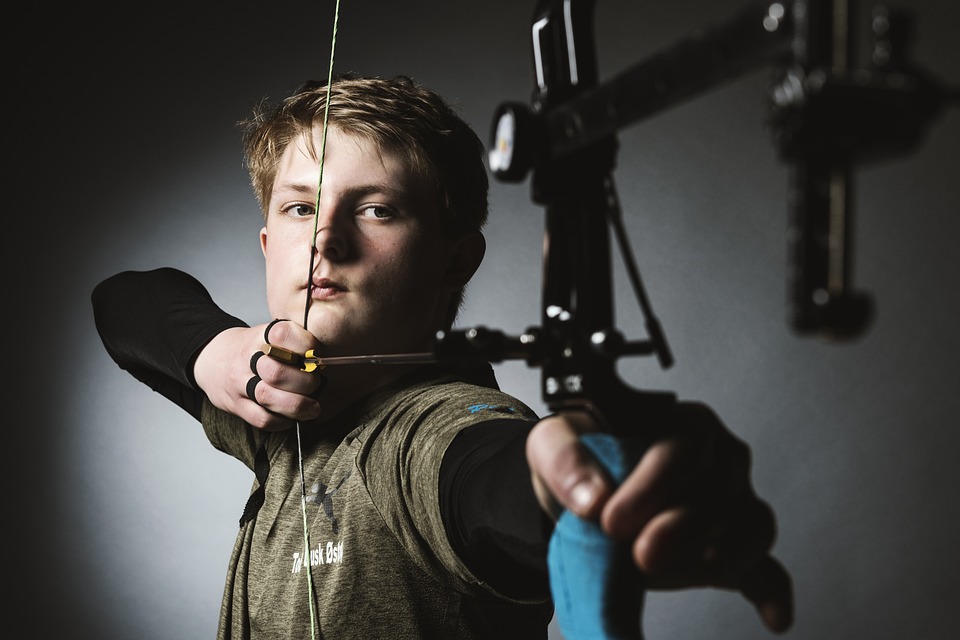
If you’re looking for a quick and easy way to stay quiet on the hunt, one of the best methods to ensure you do just that is by silencing your quiver. Here are a few things that you should be checking:
1. Snaps and Buckles – Don’t let those snaps and buckles bounce around unfastened. Metal against metal is definitely a noise that will startle any animal in the woods. Make sure that all snaps are snapped together and all buckles are fastened securely whether they are being used or not.
2. Secure your Quiver – Make sure your quiver is securely fastened to your back to limit it’s movement. By limiting the movement of your back quiver, you are limiting the movement of all things within it. Here a couple ways to increase the stability of your back quiver to yourself.
Tighten Up – Tighten up your quiver strap over your shoulder to limit it’s movement
Side Strap – A side strap is a strap that runs from the center of your strap around your waist and fastens to the strap brace at the base of your quiver. This is the traditional archer’s preferred way of adding stability to their quiver.
Dual Shoulder Strap – A dual shoulder strap runs over both shoulders which also limits the amount of quiver movement.
3. Arrow Capacity – Ensure that your quiver’s arrow capacity is maximized. This limits the amount of space your arrows have to bounce from side to side. Here is a good option if you don’t have enough good arrows to place in your quiver:
Stuff your quiver with dowels or broken arrows and tie them to the top strap brace with a shoelace or paracord to keep them separate from you good arrows.
4. Quiver Bottom – Cut a piece of foam or fur and stuff it in the bottom of your quiver. This will limit the amount of noise caused by your arrows bouncing up and down if you are forced to move at a fast pace.
5. Quiver Lip – Glue a piece of fur along the inside lip of your quiver. This will reduce any noise caused by the arrows rattling from side to side against the lip of the quiver. Here is another tip to get the job done easy:
Buy a strip of Velcro with a self adhesive backing. Line the inside lip of your quiver with the soft side of the Velcro.
6. Quiver Pockets – Ensure your pockets are not full of loose components that can jingle-jangle around while you are roving through the woods. Any loose hardware that you would normally load into your pockets individually can be wrapped in a cloth or bandana. This serves two purposes.
This limits the amount of space these objects have to move inside your pockets.
The cloth or bandana dampens any noise that may occur if there is any movement so you can maneuver comfortably through the woods without the worry of your quiver making too much noise.